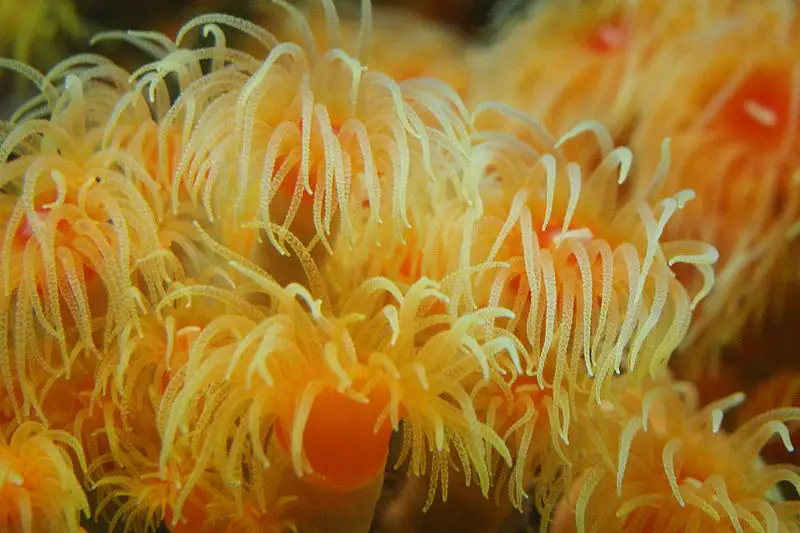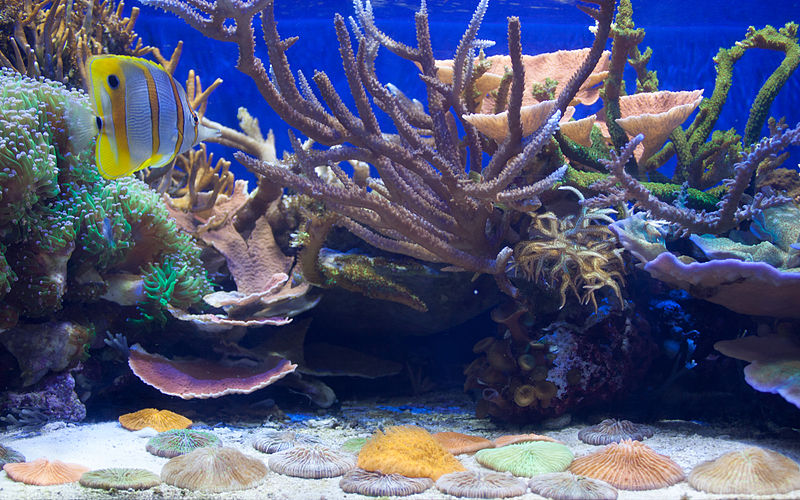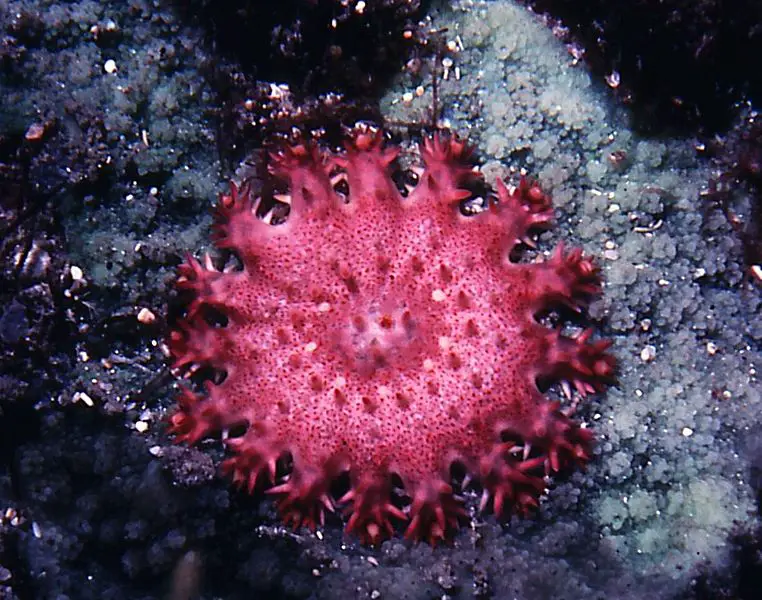If you have a home aquarium that you use to house anemones, you may have encountered an issue from time to time – a shrinking anemone. Today, we’re going to explore the reasons why anemones shrink.
Anemone shrinkage is relatively normal, as anemones often deflate due to varying stressors, such as intrusions from other aquatic creatures in the tank. They also shrink to expel water and when stressed by changes in heat, lighting, and other conditions.
Keep reading to learn more of the in-depth reasons that your anemone might be shrinking. We’ll discuss this occurrence and why it might lead to a closed-up anemone, including ways to avoid it. Without further ado, let’s get into it!
Why does my anemone look deflated?
It’s not uncommon for anemones to deflate or shrink down, even when they’re in their prime health. There’s no need to panic, at first, if your anemone deflates – especially if you’re certain that your tank parameters are in check. However, this deflation process can become an actual issue if the anemone doesn’t re-inflate within a couple of days.
The reason that anemones deflate from time to time is that they need to release water trapped inside of them. As they expel this water, they naturally grow smaller and take up less space.
When they’re ready to uptake water again, they re-inflate. Sometimes, in the deflation process, anemones even expel some matter that other creatures in your tank might try to eat.
If you notice that your anemone looks deflated for an extended period of time – really any amount of time longer than 2-3 days – you may have to cut your losses.
This is especially true when it comes to the anemone’s tentacles, which may be ill if they’re looking deflated. Anemones shouldn’t stay shrunken for this long, and if they do, they’re probably dying.
Is it normal for anemone to shrink?
Yes, as previously mentioned, it’s totally normal for anemones to shrink, but it shouldn’t last longer than a few days. Specifically, during the nighttime, anemones and their tentacles will shrink in size. Sometimes, these aquatic creatures even fold into themselves, primarily due to a decrease in tank lighting.
Although this process is normal, you should be wary of other signs that could point to anemone illness or death:
- Prolonged shrinking (more than a couple of days)
- Discoloration of the anemone (particularly an absence of the normal vivid color)
- Significantly smaller in size than what is normal for that anemone
You may need to adjust your tank lighting from time to time – though only in small increments – to restore the health of a shrinking anemone. But, chances are, an anemone that only shrinks at night and grows back in the morning is a healthy anemone.
Why does my bubble tip anemone keep shrinking?
Bubble tip anemones are beautiful, unique anemones that can house anemone-fish in their squishy tentacles. But from time to time, you may notice that they start shrinking (a normal anemone process) and don’t stop. It’s true that these creatures regularly shrink to take a break from light exposure and expel stale water.
But if your bubble tip anemone keeps shrinking to the point where it’s smaller than it should be, you may have a sick anemone. This could be due to an improper tank temperature, poor lighting, bad filtration, or even because you’ve accidentally dropped a pebble on the anemone, which stresses them out.
Bubble tip anemones are delicate in terms of the conditions they can survive, so make no mistake when you adjust the tank parameters. One of the biggest mistakes you can make when you notice a sick bubble tip is to quickly change the tank lighting, salinity, temperature, etc. These drastic changes will negatively affect your anemone.
The creatures need merely subtle changes to bring them back to good health, if you’re going to salvage them at all. Otherwise, a change could be for the worst and actually bring the anemone closer to death. You want to avoid this if at all possible, and you can actually learn from your mistakes going forward.
Is it normal for anemone to close up?
It’s pretty normal for anemones to shrink/deflate from time to time, as long as they re-inflate and expand afterward. However, when an anemone completely closes up, this is not a very good sign. Typically, this behavior can be seen as an indication that you aren’t providing the proper living conditions for your anemone.
Anemones have strict needs in terms of nutrient intake. Magnesium, saline, calcium, nitrate, and other nutrient levels are crucial to maintaining anemones. If you don’t have these levels in check in the tank, your anemone could have a knee-jerk reaction where they close up to protect themselves from incorrect environmental conditions.
Anemones might also go into this closed-off state if they’ve been subjected to a drastic change or are in shock. For example, maybe you put your anemone in its tank before the tank was completely adjusted to the right conditions. Or maybe you fell off of the anemone’s feeding schedule temporarily.
These factors could contribute to an unhappy anemone that feels the need to go inward to protect itself from the outside world. And if this behavior continues for several days without relief, it may be a sign that your anemone is headed towards certain death.
Final Thoughts
If you’ve ever asked yourself the question of why is my anemone shrinking?, chances are you are not alone. Pretty much all anemone carers have faced this occurrence from time to time, as shrinking and deflation are a normal part of an anemone’s life cycle. These creatures need to expel stale water to take in new, clean water, and shrinking helps them do that.
But sometimes, anemones react by shrinking when they’re faced with stressful conditions, like improper tank parameters. This isn’t the end of the world, but because anemones are so delicate, they could be a lost cause if shrinking persists for more than a few days.
When necessary, assess your tank conditions and anemone health to determine whether the shrinking is normal.



